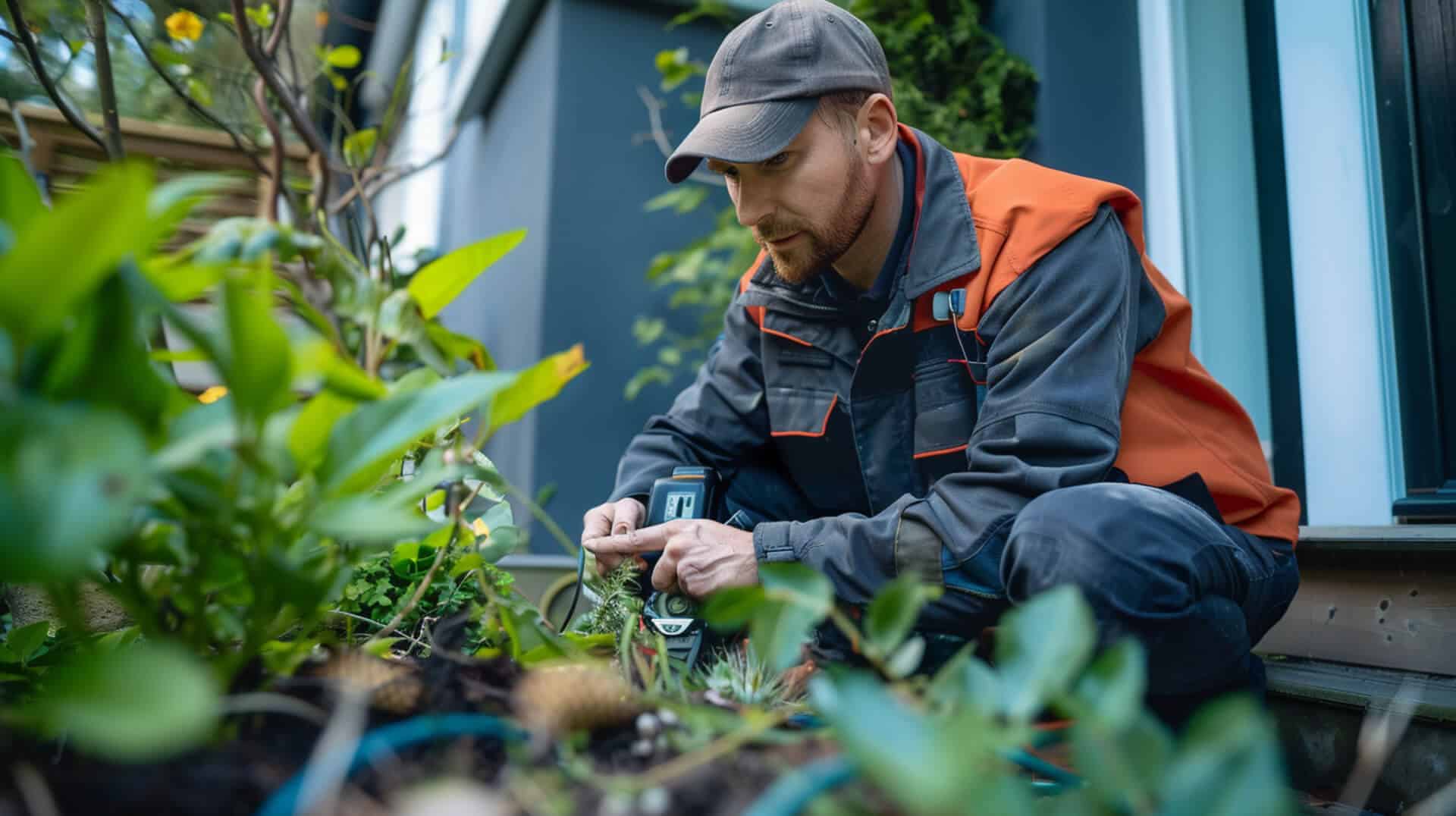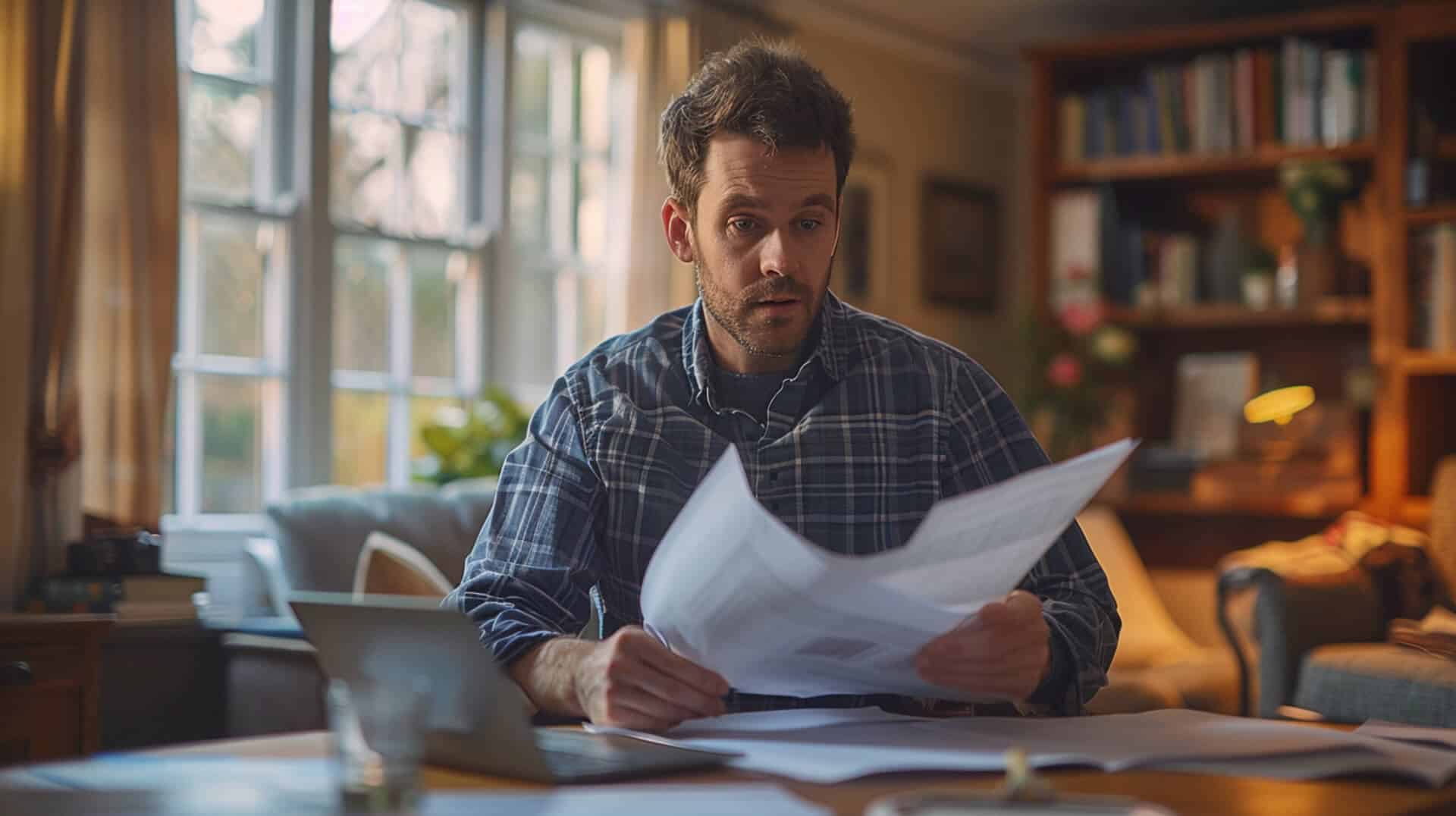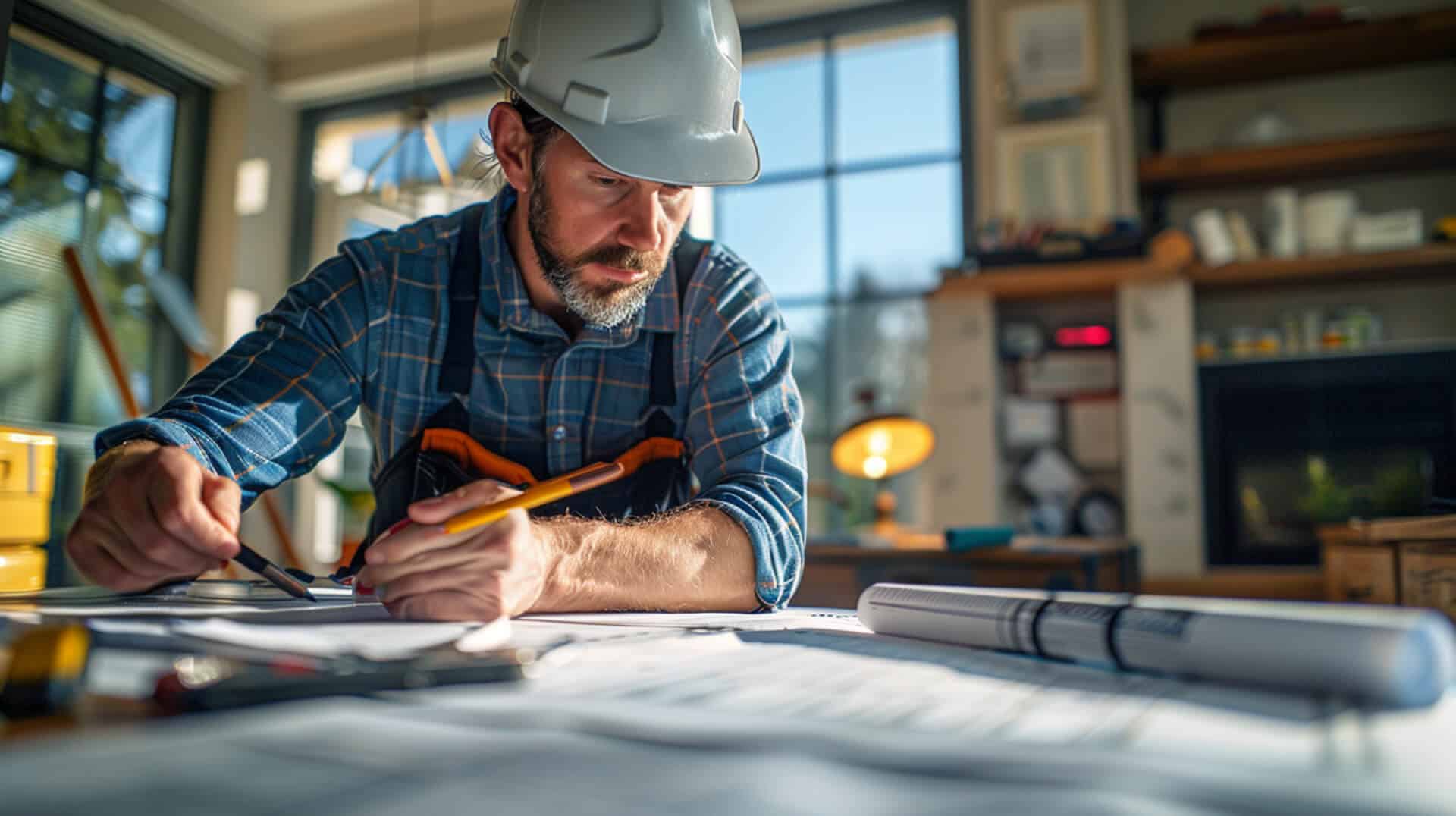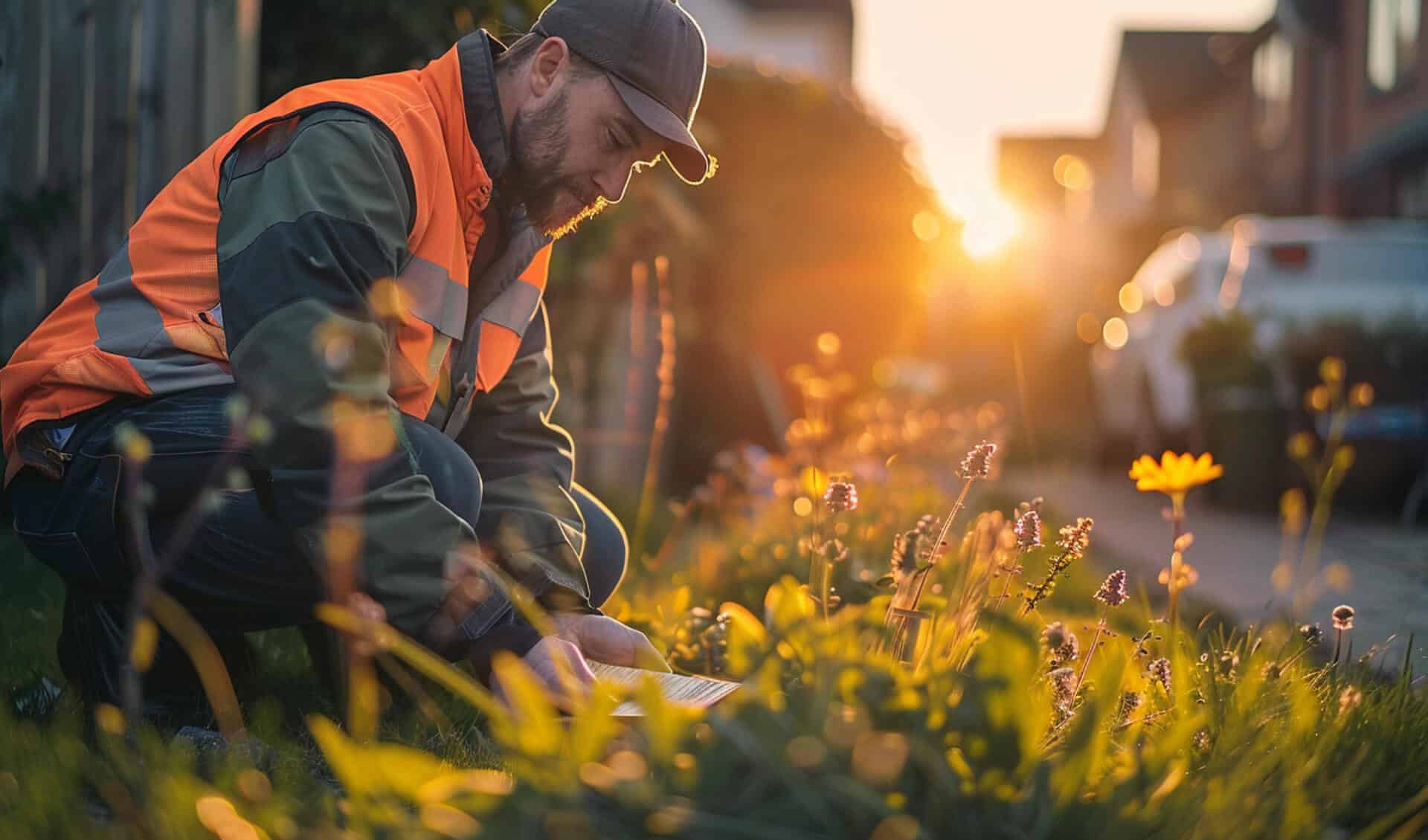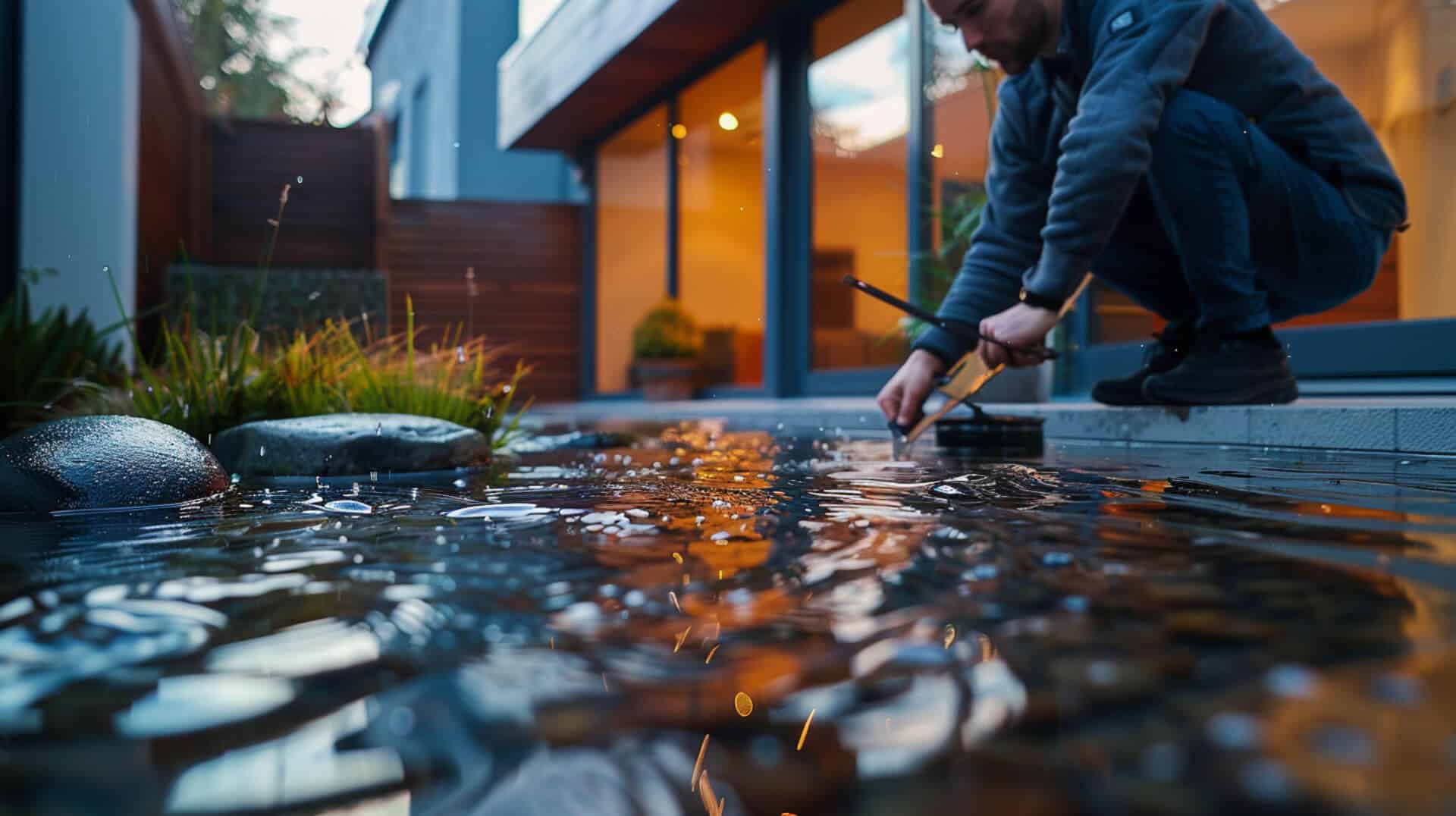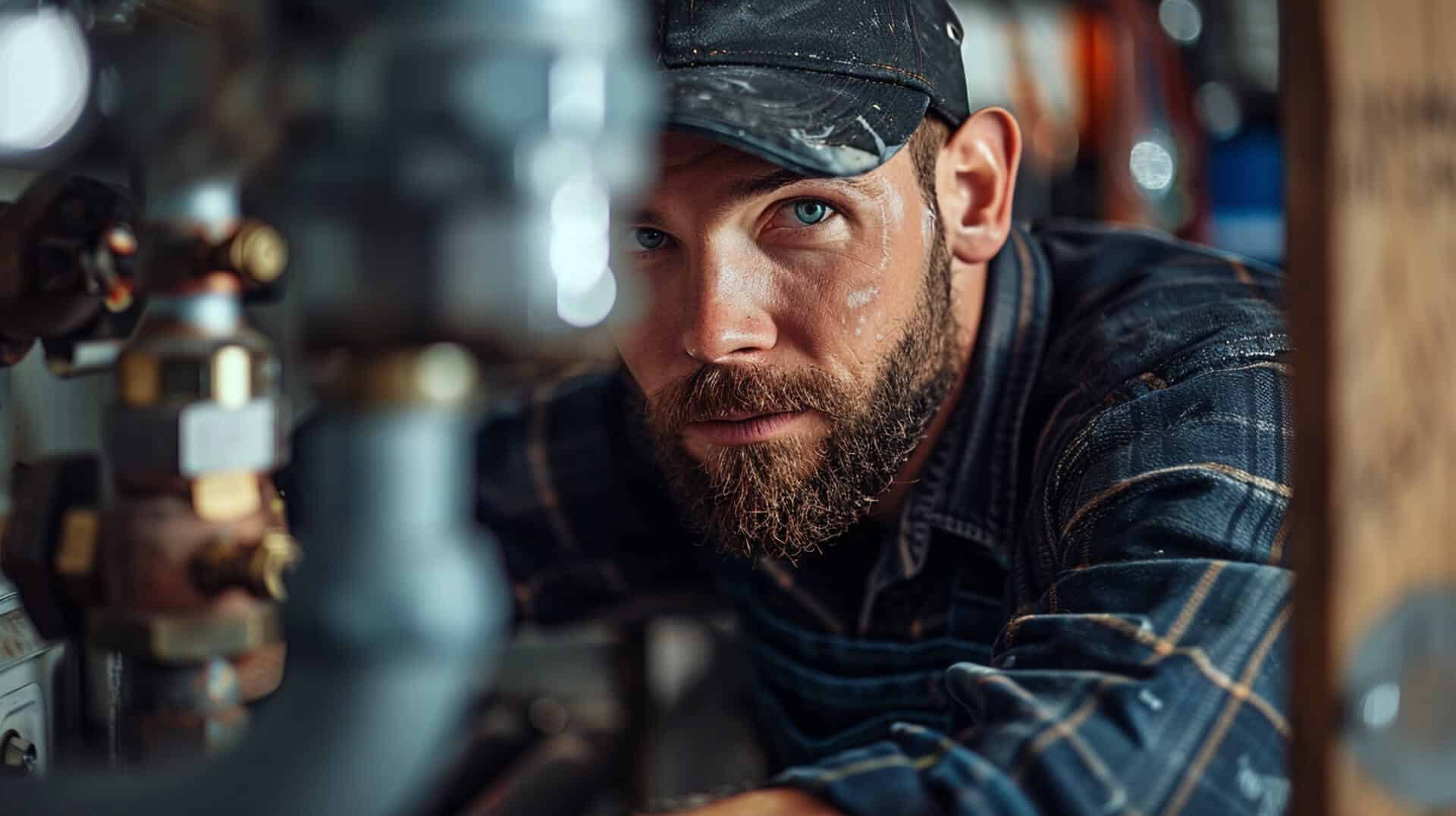 What Is A Build Over Drainage Survey
What Is A Build Over Drainage Survey

A Build Over Drainage Survey is a specialised assessment conducted to evaluate the impact of proposed construction work on existing drainage systems. These surveys are crucial for property development as they ensure that any new structures do not compromise the integrity of local authority sewers.
The Importance of Compliance in Property Development
Legislation enacted post-October 2011 mandates that property owners must obtain consent from sewage companies before commencing construction work that affects local authority sewers. This requirement underscores the importance of Build Over Drainage Surveys in maintaining compliance with legal standards and avoiding potential legal repercussions.
Identifying the Need for a Drainage Survey
Build Over Drainage Surveys are typically required when extensions or significant construction projects are planned near or above existing drainage systems. These surveys serve as a preemptive measure to map out and assess the condition of the drainage infrastructure, ensuring that any build-over does not lead to future complications.
Benefits for Stakeholders
For property owners, business owners, and facility managers, understanding the intricacies of Build Over Drainage Surveys is beneficial. It allows them to navigate the complexities of construction planning, ensuring that their projects adhere to legal requirements while safeguarding the existing sewer infrastructure.
Legislative Background and Requirements
Understanding the legislative context is essential for property owners, business owners, and facility managers considering construction near local authority sewers. Since October 2011, legislation has mandated Build Over Drainage Surveys to ensure that any building work does not compromise the existing drainage systems.
Mandated Build Over Drainage Surveys
Legislation introduced post-October 2011 requires that any extensions or building work near local authority sewers must include a Build Over Drainage Survey. This survey is crucial to map and assess the condition of the drainage system before any construction begins.
Consent from Sewage Companies
Before commencing construction, it is necessary to obtain consent from the local sewage company. This step ensures that the planned work complies with regulations and does not disrupt the sewer system. Failure to obtain this consent could lead to significant legal and financial consequences.
Legal Repercussions of Non-Compliance
Non-compliance with the legislation can result in legal repercussions, including fines and the requirement to alter or remove any unauthorised construction. It is, therefore, imperative to adhere to the legal requirements and obtain the necessary approvals before building over or near sewers.
By understanding these legislative requirements, you can ensure that your construction project proceeds without legal complications and respects the integrity of the local sewage system.
Understanding the Survey Process
A Build Over Drainage Survey is a comprehensive evaluation of the drainage system prior to construction work. This survey is integral to ensuring that building extensions do not adversely affect the local sewer infrastructure.
Steps in Conducting a Build Over Drainage Survey
The survey process typically begins with an external inspection of the property to identify the layout of the drainage system. Following this, specialised CCTV drain survey technology is deployed to inspect the sewers internally. This technology allows for the identification of any blockages, structural issues, or other concerns within the drainage system.
Role of CCTV Drain Survey Technology
CCTV technology is pivotal in facilitating the survey process. High-definition cameras provide a clear view of the sewer’s interior, enabling instant issue identification. This method is non-invasive and provides accurate diagnostics without the need for extensive excavation.
Identification of Drainage Issues
A Build Over Drainage Survey can identify a range of issues, including blockages, leaks, and tree root ingress. These findings are crucial for planning construction work that will not compromise the drainage system’s integrity.
Components of the Technical Report
Upon completion of the survey, a technical report is generated. This document includes a diagram of the property’s drainage system, still imagery from the CCTV inspection, and a detailed account of any findings. The report also provides recommendations for addressing identified issues and may include cost estimates for any necessary remedial work. This report serves as a vital record to ensure compliance and inform decision-making for the proposed construction.
The Role of Professional Services in Drainage Surveys
When planning construction near local authority sewers, engaging professional services for a Build Over Drainage Survey is a critical step. Companies such as ADS, Resi, and Drain Doctor are highlighted for their expertise in this field.
Importance of Certified Survey Providers
Certifications like those from the National Association of Drainage Contractors (NADC) serve as indicators of quality and reliability. These credentials assure you that the service provider adheres to industry standards and possesses the necessary expertise to conduct thorough drainage surveys.
Enhancement of Survey Process by Professionals
Professional services utilise advanced software and technology to enhance the accuracy and efficiency of the survey process. Their use of high-definition CCTV camera deployment and instant issue identification ensures that any potential issues are recognised and addressed promptly.
Vetting Tradespersons for Service Standards
Tradesperson vetting is crucial to maintain high service standards. It connects professionals with customers and offers a layer of consumer protection through mechanisms like online reputation management. By choosing a vetted professional, you ensure that the survey is conducted by a qualified individual, which is essential for the integrity of your construction project.
Consent Types and Application Process
Navigating the consent process is a pivotal step in ensuring that your construction complies with local regulations. Understanding the difference between self-certification and build-over agreements, as well as the application process, is essential.
Distinction Between Consent Types
Self-certification is typically reserved for minor works where the risk to the sewer system is deemed low. In contrast, build-over agreements are required for more significant projects, especially those near or directly over sewers. This agreement is a formal acknowledgment from the sewage company that your proposed work meets the required standards.
Applying for Necessary Consents
To apply for the necessary consents, you must submit detailed plans of your proposed construction, including its proximity to existing sewer lines. The sewage company will review these plans to ensure that the integrity of the sewer system is not compromised.
Documentation for Build-Over Agreement Applications
The documentation required for a build-over agreement application includes detailed construction plans, a survey of the existing drainage system, and any proposed changes to it. You may also need to provide evidence of consultations with professional surveyors or engineers.
Importance of Understanding Consent for Compliance
Understanding the types of consent is crucial for compliance with local regulations. It ensures that your construction project proceeds without legal complications and respects the integrity of the local sewage system. Failure to obtain the appropriate consent can result in fines, legal action, or the requirement to modify or remove completed works.
Cost Factors and Considerations for Drainage Surveys
When planning for a Build Over Drainage Survey, understanding the cost implications is crucial. Several factors can influence the overall price, and being aware of these can help you budget accordingly.
Influencing Factors on Survey Costs
The cost of a Build Over Drainage Survey can vary depending on several factors:
- Property Type: The nature of your property, whether residential or commercial, can affect the cost due to the potential complexity of the drainage system.
- Drain Length: The length and accessibility of the drainage system being surveyed will impact the time and resources needed to complete the survey.
- Survey Type: Basic surveys may cost less, while full surveys that include more detailed inspections and reporting will be priced higher.
Additional Considerations
It’s important to consider any additional drainage work or guttering that may be required alongside the survey. These jobs can add to the overall cost but are essential for a comprehensive assessment of the drainage system.
Expected Costs in 2023
In 2023, property owners can expect to pay anywhere from 90 to 500 for a Build Over Drainage Survey. This range accounts for the varying property sizes, complexities, and types of surveys available. By understanding these factors, you can make informed decisions and ensure that your property’s drainage system is thoroughly evaluated without unexpected expenses.
Legal and Regulatory Framework
Navigating the legal and regulatory landscape is a critical component of planning construction projects, especially when they involve build-over drainage surveys.
Planning Permissions and Sewer Access Rights
Before undertaking any construction, it is imperative to understand the planning permissions required. These permissions often hinge on sewer access rights, which dictate how a property’s drainage system can be altered or built over. Ensuring that these rights are respected is key to lawful project progression.
Maintenance Considerations for Property Owners
Property owners must also consider their maintenance responsibilities. Regular upkeep of the drainage system is essential to prevent issues that could lead to more significant problems or non-compliance with regulations.
Penalties for Regulatory Non-Compliance
Non-compliance with drainage and sewer regulations can result in penalties, including fines or mandatory modifications to the construction. These penalties underscore the importance of adhering to all legal requirements from the outset of any project.
Importance of Industry Standards
Adherence to industry standards is not only a legal obligation but also a measure to ensure the integrity and functionality of the sewage system post-construction. These standards are designed to prevent misconnections and pollution, safeguarding the environment and community health.
Benefits of Conducting Professional Surveys
Professional Build Over Drainage Surveys offer several advantages that are critical for the successful planning and execution of construction projects near local authority sewers.
Fast Analysis and Accurate Diagnosis
Professional surveys utilise advanced CCTV technology and expertise to quickly analyse the condition of drainage systems. This rapid assessment allows for the accurate diagnosis of any issues, ensuring that potential problems are identified and addressed promptly.
Cost-Effectiveness and Minimal Disruption
By employing experienced professionals, these surveys are conducted efficiently, minimising the time and resources required. This approach is cost-effective as it reduces the likelihood of encountering unforeseen issues during construction, which can lead to costly delays and repairs.
Compliance Assurance
Professional surveys are designed to ensure that all construction complies with current legislation and regulations. This compliance is crucial to avoid legal repercussions, fines, and the need for potentially expensive remedial work post-construction.
Prevention of Potential Damage
A thorough Build Over Drainage Survey can prevent damage to the existing sewer infrastructure by identifying risks before construction begins. This proactive measure protects the property and the broader environment from the consequences of poorly planned construction activities.
Technical Specifications for Sewer Diversion
When undertaking construction projects that involve building over or near existing sewer lines, technical specifications for sewer diversion become a pivotal aspect of planning and compliance.
Specifications for Different Project Scales
For minor domestic extensions, the technical specifications may be less stringent, focusing on ensuring that the existing drainage system can accommodate the changes without disruption. For more complex projects, the specifications are more comprehensive, often requiring detailed engineering assessments to ensure that the sewer system’s integrity is maintained.
Retrospective Agreements for Existing Constructions
In cases where construction has already occurred, retrospective agreements may be necessary. These agreements ensure that any existing structures built over or near sewers meet current standards and do not pose a risk to the drainage system.
Necessity of Detailed Plans
Detailed plans and documents are essential for sewer diversion as they provide a clear blueprint for how the construction will interact with the sewer system. These plans help sewage companies assess the potential impact and grant the appropriate consents.
Ensuring Compliance Through Technical Specifications
Adhering to the technical specifications is crucial for compliance with local regulations. These specifications are designed to protect the sewer infrastructure and ensure that any construction work is carried out responsibly, with minimal risk to the environment and community.
Preventative Measures and Regular Maintenance
Regular maintenance and preventative measures are essential for the longevity and proper functioning of drainage systems. Property owners can take proactive steps to ensure their drainage remains clear and functional.
Avoiding Drain Blockages
To prevent drain blockages, it is advisable to regularly clean and clear debris from gutters and drain grates. Avoid flushing non-degradable items down toilets and sinks, as these can cause significant blockages over time.
Importance of Maintenance
Regular maintenance checks can identify potential issues before they escalate into more serious problems. This includes inspecting pipes for signs of wear, corrosion, or damage, which could affect the drainage system’s efficiency.
Implementing Effective Measures
Property owners should consider scheduling annual inspections with certified professionals who can provide comprehensive assessments and maintenance services. This ensures that any issues are professionally addressed and managed.
Discouraging DIY Drain Surveys
Due to the complexity of drainage systems and the specialised equipment required, DIY surveys are generally discouraged. Professional surveys, conducted by certified engineers, are recommended to ensure accurate diagnostics and to avoid inadvertently causing damage to the system.
Challenges and Solutions in Build Over Drainage Surveys
Conducting Build Over Drainage Surveys can present various challenges for property owners. Understanding these challenges is crucial for ensuring that construction projects proceed smoothly and in compliance with regulations.
Identifying Common Survey Challenges
Property owners may encounter difficulties in accurately mapping the existing drainage system, particularly if previous documentation is incomplete or outdated. Additionally, identifying the full extent of potential issues, such as blockages or structural damage, can be complex without the proper technology and expertise.
Role of Professional Services
Professional services, equipped with advanced CCTV technology and expertise, can address these challenges effectively. Certified engineers from companies like ADS, Resi, and Drain Doctor provide comprehensive surveys that include detailed assessments of the drainage system’s condition.
Solutions for Complex Survey Situations
For more complex situations, such as large-scale construction projects or properties with intricate drainage systems, tailored solutions are available. These may include more extensive surveys, the use of specialised equipment, and consultations with experts in sewer diversion and construction planning.
Importance of Understanding Survey Challenges
Recognising the potential challenges and engaging the right professional services are essential steps in avoiding costly mistakes and ensuring that your construction project adheres to all necessary standards and regulations. By being informed and prepared, you can navigate the survey process with confidence and achieve successful project completion.
Significance of Comprehensive Understanding in Drainage Surveys
A thorough grasp of Build Over Drainage Surveys is paramount for any construction project near local authority sewers. These surveys are not merely a procedural formality but a critical step in safeguarding the existing drainage infrastructure.
Contribution to Responsible Property Development
Build Over Drainage Surveys contribute significantly to responsible property development. They ensure that any extensions or new constructions do not impede or damage the local sewer systems, which could lead to wider environmental and public health issues.
Long-Term Benefits to Property Owners
For property owners, these surveys offer long-term benefits by identifying potential issues early on, which can save considerable costs and time in the future. They also provide peace of mind that the property is compliant with local regulations, which is beneficial for both current and future development plans.
Prioritisation in Planning Processes
Property owners, business owners, and facility managers should prioritise these surveys in their planning processes to avoid any legal complications and to ensure the longevity and reliability of their property’s drainage system. By doing so, they contribute to a sustainable and legally compliant development environment.


